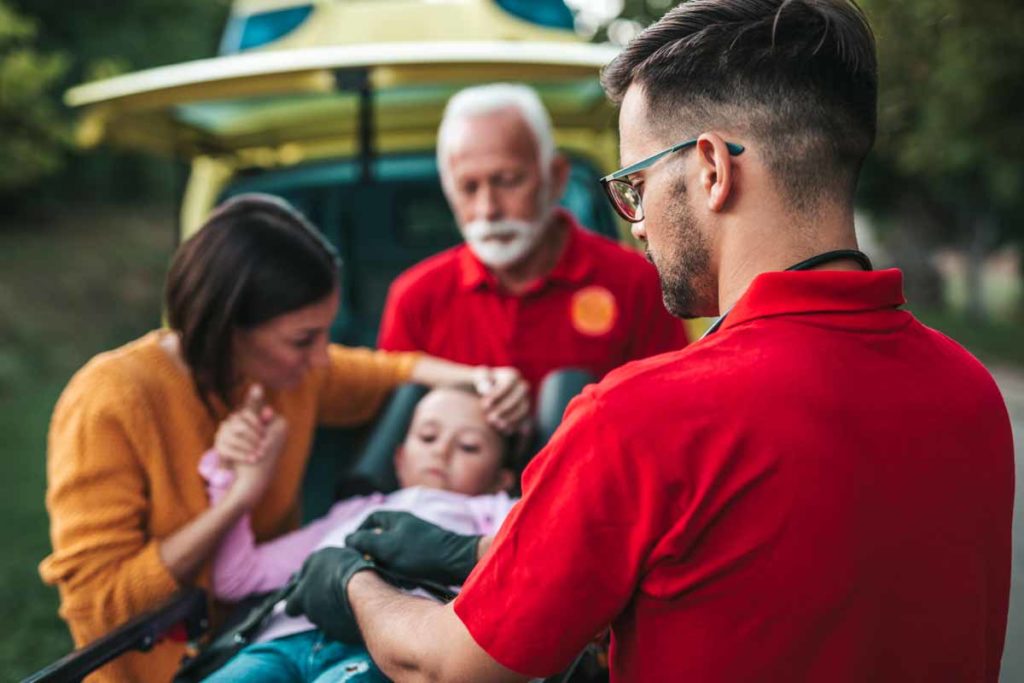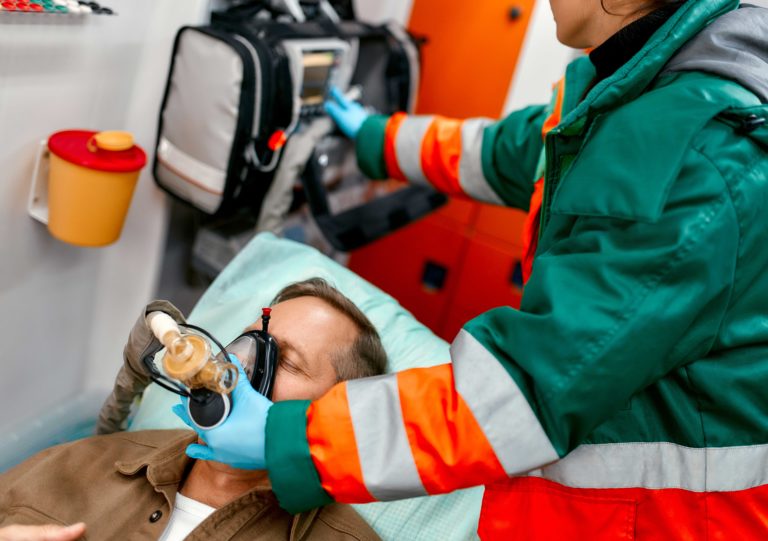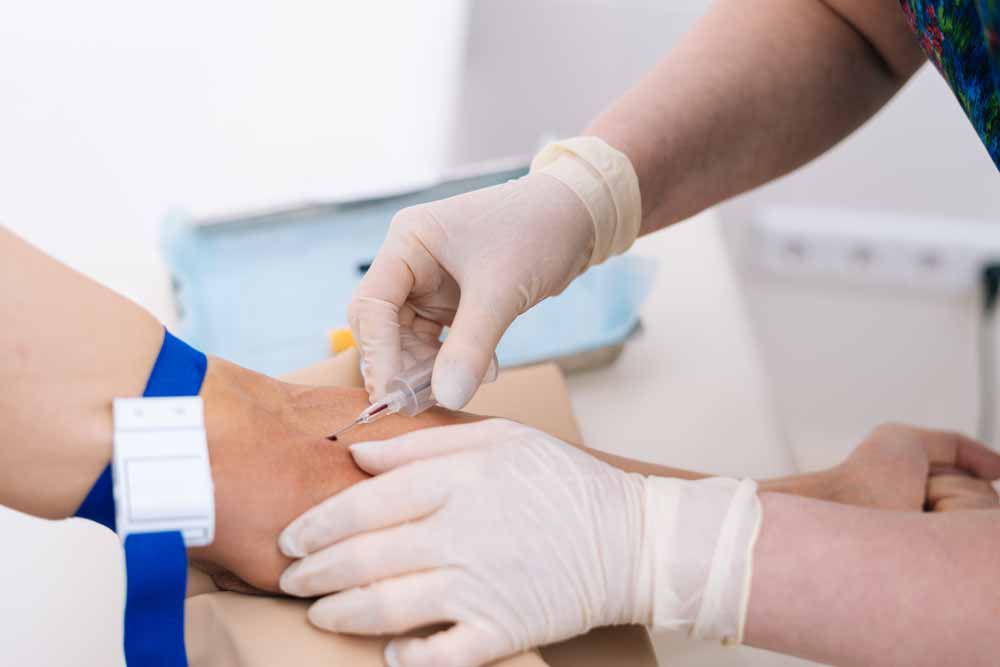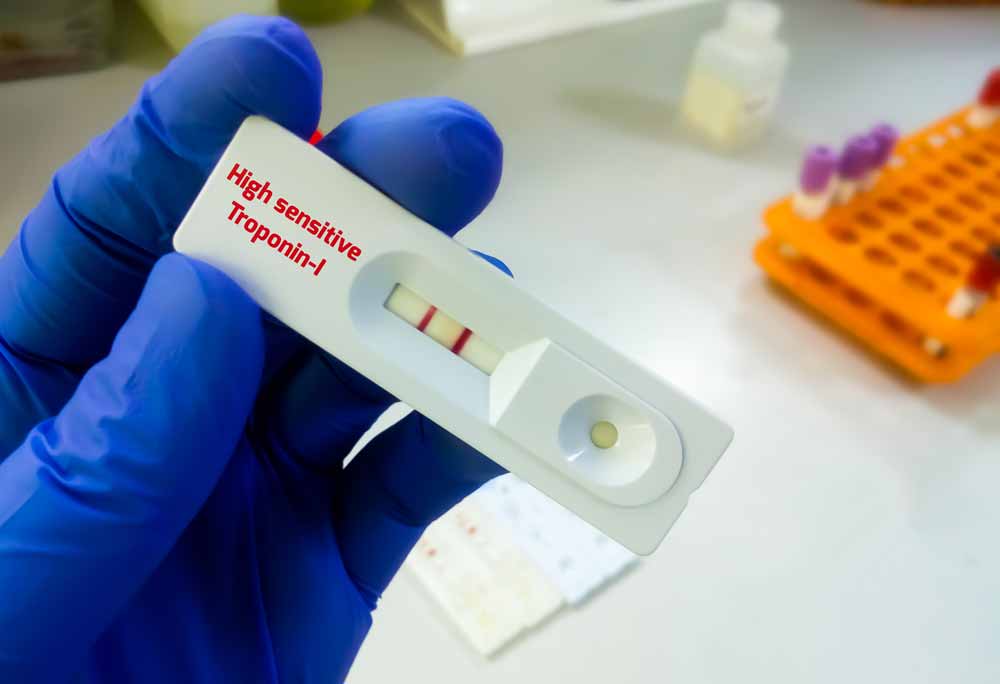Shock Index, Pediatric Age-Adjusted (SIPA) online calculator

Shock Index, Pediatric Age-Adjusted (SIPA) predicts mortality in children with blunt trauma
SIPA can be used in patients 4-16 years old who have sustained blunt trauma.
SIPA should be calculated on presentation to the emergency department. Uptrending SIPA between the field and ED may predict poor outcomes but was not examined by the original authors.
- SIPA can be used in patients 4-16 years old who have sustained blunt trauma
- Do not use in young infants, toddlers, or patients with penetrating trauma.
Patients that present with an elevated SIPA are at higher risk of morbidity and mortality following blunt trauma. Early recognition and treatment in these cases, including a possible decision to transfer to a higher level of care, will improve outcomes in these children.
This predictive scale identifies severely injured children better than mildly injured children than the Shock Index (SI).
Indicators required for evaluation:
- Age 4-16 years old only
- Maximum heart rate Norm: 60-100
- Minimum systolic blood pressure Norm: 100-120
Elevated SIPA is associated with the following outcomes (Acker 2015; Nordin 2017):
- Higher injury severity.
- Need for blood transfusion in the first 24 hours.
- Longer ICU and hospital length of stay.
- Higher number of ventilator days.
- Discharge to a rehabilitation facility.
- Increased risk of mortality.
SIPA = maximum heart rate/minimum systolic blood pressure, where normal values are as follows:
Interpretation
| Age | Heart rate (normal ranges) | Systolic blood pressure (normal values) | Maximum normal SIPA | Risk of blunt injury if SIPA is elevated |
| 4–6 years | 65–110 | 90–110 | 1.22 | 22.0% |
| 7–12 years | 60–100 | 100–120 | 1.00 | 25.1% |
| 13-16 years | 55–90 | 100–135 | 0.90 | 32.0% |
NB!
- The use of the SIPA shock index in the prehospital setting was not studied in the original study, so the use of this prognostic system in the prehospital setting is not recommended.
- The use of SIPA to predict morbidity and mortality following admission has not yet been validated. However, a prognostic study in the Journal of Pediatric Surgery (Vandewalle 2018) found that patients who developed an elevated SIPA within the first 24 hours of admission were at increased risk of complications compared to those whose SIPA remained normal throughout the first 48 hours of admission. In addition, time to normalize SIPA directly correlated with length of hospital and ICU stay.
- Per the authors, the age-specific cutoffs originally chosen will require further validation.
The SIPA was originally developed by researchers at the Children’s Hospital of Colorado to help identify severely injured children following blunt trauma. Realizing that pediatric vital signs vary with age and that the standard SI may not be as useful in children, the researchers sought and defined maximum normal heart rate and minimum normal systolic blood pressure using reference ranges. Using these numbers, they determined the maximum normal SI for each age group. The researchers then retrospectively looked at 543 children who presented to Children’s Hospital Colorado and Denver Health Medical Center between 1/2007 and 6/2013 following blunt trauma with Injury Severity Score >15.
Elevated SI was present in 49% of children, while elevated SIPA was present in only 27.6% of children (all of whom had the same adverse outcomes identified by using the SI). Hypotension is often a late finding in children with hypovolemic shock.
SIPA demonstrated improved discrimination of severe injury relative to SI in the following categories:
- Injury Severity Score >30: 37% vs 26%.
- Blood transfusion within first 24 hours: 27% vs 20%.
- Grade III liver/spleen laceration requiring blood transfusion: 41% vs 26%.
- In-hospital mortality: 11% vs 7%.
The researchers concluded that SIPA misses fewer children with severe injury while also minimizing over triage.
Register on our website right now to have access to more learning materials!
Subscribe to our pages:
Literature
1. Acker SN, Ross JT, Partrick DA, Tong S, Bensard DD. Pediatric specific shock index accurately identifies severely injured children. J Pediatr Surg. 2015;50(2):331-4. https://pubmed.ncbi.nlm.nih.gov/25638631/
2. Linnaus ME, Notrica DM, Langlais CS, et al. Prospective validation of the shock index pediatric-adjusted (SIPA) in blunt liver and spleen trauma: An ATOMAC+ study. J Pediatr Surg. 2017;52(2):340-344. https://pubmed.ncbi.nlm.nih.gov/27717564/
3. Nordin A, Coleman A, Shi J, et al. Validation of the age-adjusted shock index using pediatric trauma quality improvement program data. J Pediatr Surg. 2017. https://pubmed.ncbi.nlm.nih.gov/29108845/
4. Acker SN, Bredbeck B, Partrick DA, Kulungowski AM, Barnett CC, Bensard DD. Shock index, pediatric age-adjusted (SIPA) is more accurate than age-adjusted hypotension for trauma team activation. Surgery. 2017;161(3):803-807. https://pubmed.ncbi.nlm.nih.gov/27814956/
5. Vandewalle RJ, Peceny JK, Dolejs SC, Raymond JL, Rouse TM. Trends in pediatric adjusted shock index predict morbidity and mortality in children with severe blunt injuries. J Pediatr Surg. 2018;53(2):362-366. https://pubmed.ncbi.nlm.nih.gov/29126550/
6. Yasaka Y, Khemani RG, Markovitz BP. Is shock index associated with outcome in children with sepsis/septic shock?*. Pediatr Crit Care Med. 2013;14(8):e372-9. https://pubmed.ncbi.nlm.nih.gov/23962830/
7. Rousseaux J, Grandbastien B, Dorkenoo A, Lampin ME, Leteurtre S, Leclerc F. Prognostic value of shock index in children with septic shock. Pediatr Emerg Care. 2013;29(10):1055-9. https://pubmed.ncbi.nlm.nih.gov/24076606/
8. Qazi K, Wright MS, Kippes C. Stable pediatric blunt trauma patients: is trauma team activation always necessary?. J Trauma. 1998;45(3):562-4. https://pubmed.ncbi.nlm.nih.gov/9751551/
9. Wang MY, Kim KA, Griffith PM, et al. Injuries from falls in the pediatric population: an analysis of 729 cases. J Pediatr Surg. 2001;36(10):1528-34. https://pubmed.ncbi.nlm.nih.gov/11584402/
Celebrating a Major Milestone: SESAM Recognizes ClinCaseQuest’s Defragmented Debriefing Model as an Advancement in Clinical Simulation 2024
At ClinCaseQuest, we are thrilled to announce an outstanding achievement in the field of medical…
Acute Pulmonary Edema: Emergency Care Algorithm – Should We Remove or Redistribute the Fluid?
Case Presentation: A 64-year-old man was transported to the emergency department by ambulance due to…
ClinCaseQuest Featured in SchoolAndCollegeListings Directory
Exciting News Alert! We are thrilled to announce that ClinCaseQuest has been successfully added to…
Сounseling a patient with suspected Takotsubo-syndrome OSCE guides
The onset of the consultation Wash hands and put on PPE if necessary. Introduce yourself…
Takotsubo syndrome
Takotsubo syndrome is a condition characterized by the sudden onset of acute, transient (lasting up…
Counseling of a patient with symptomatic bradycardia – OSCE guide
https://clincasequest.hospital/course/interrupted-symphony/ The onset of the consultation Wash hands and put on PPE if necessary. Introduce…









